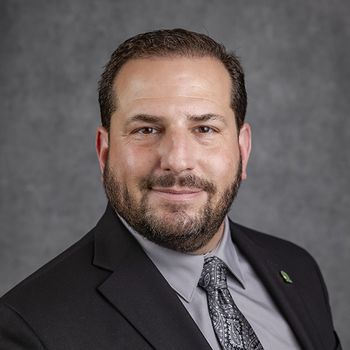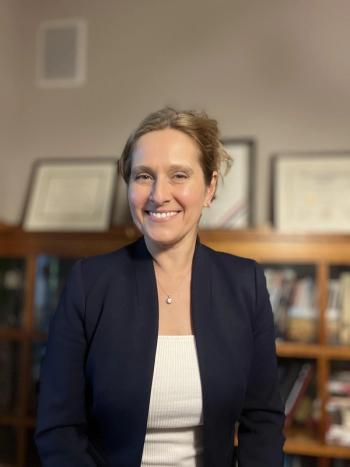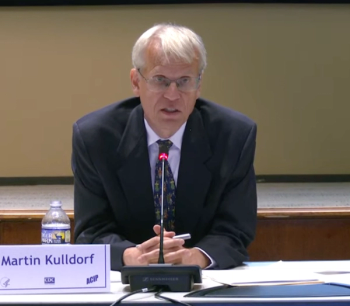
- Medical Economics January-February 2025
- Volume 102
- Issue 1
- Pages: 6
Physician disciplinary action in the age of telehealth
Key Takeaways
- Telehealth's growth post-COVID-19 introduces complex legal challenges, especially in New York, due to strict licensure and disciplinary standards.
- Physicians must hold a New York license to treat patients there, facing potential lifelong disciplinary risks.
New York’s licensure rules can complicate cross-state medical practice with potential widespread professional repercussions.
No physician ever wants to face issues from a state board, and in the new age of telehealth and multistate licensing, the pitfalls and risks have become even more complicated. In the post-COVID-19 world, telemedicine has been instrumental in expanding access to health care, allowing patients to receive timely medical attention regardless of their location. However, physicians and medical professionals must be mindful as
For a doctor to see a patient located in New York,
Understanding the risk of rigorous enforcement
Physicians should exercise caution when seeking registration in New York and understand the lifelong risks of holding a New York license. Under
New York state is rigorous, some would say aggressive, in this practice. New York has a large number of physician residencies, and the state issues medical licenses for life. State discipline extends to all doctors of allopathic or osteopathic medicine, to all primary care and specialist physicians, who hold a license — even those who have moved away and no longer maintain any active practice in or other professional ties to the state. New York state ranks seventh in the nation in its rate of serious discipline against physicians, and 56% of this discipline is the result of reciprocal discipline, i.e., actions against physicians licensed in New York, yet who are disciplined in another state. This approach creates a difficult situation for telehealth providers especially, who may have initially sought a New York license to provide limited virtual services at the height of COVID-19 but have since stopped practicing in the state. Again, despite their relocation or cessation of practice in New York, these physicians remain subject to New York’s strict disciplinary measures.
An example of this is evident in a
Widespread professional repercussions
A license revocation or suspension does not simply affect a physician’s ability to practice in one state. It can lead to widespread professional repercussions, as disciplinary actions are often reported to national databases used by other state medical boards, health care organizations and malpractice insurers, affecting a practitioner’s licensure, employment prospects and insurance rates. This visibility can lead to further denials of licensure, credentialing difficulties and potential damage to a physician’s reputation, ultimately impacting their ability to practice not just in New York but nationwide.
Physicians who are targeted in a reciprocal disciplinary action are entitled to a hearing in New York. However, the hearing’s scope is limited. Typically, they cannot relitigate the original issues that led to disciplinary action in the first state and, instead, the hearing in New York will generally focus only on determining any penalties deemed appropriate under the state’s standards. A health care lawyer who has experience defending physicians can represent the doctor and introduce evidence that goes to the nature and severity of the original issue. New York’s limitation makes it difficult for physicians to fully defend against the action, as the primary misconduct itself is not reevaluated. Nonetheless, the penalties imposed by New York can be severe, with significant career implications for the physician involved.
Settlement could be an option to avoid a disciplinary hearing in New York, but often it brings its own set of challenges. Without effective legal counsel, physicians often fail to comprehend the full ramifications of their consent order. Instead of simply resolving the matter, these agreements frequently require physicians to reactivate their licenses and keep them active, regardless of whether they still practice in New York. This condition forces them to pay ongoing registration fees, effectively tying them to the state financially for the duration of their career. New York’s approach can seem more like a financial hold over physicians who have otherwise moved on. For many, it appears less like a final resolution and more like a sustained revenue source for the state, undermining the intended purpose of the discipline process.
Protecting license, practice and reputation
To navigate these complexities effectively, it is essential for physicians to secure counsel experienced in New York’s disciplinary processes and the specific regulations of any other involved state. Competent legal representation can provide critical guidance throughout the process, advising on how to best handle reciprocal disciplinary actions and protect against potential career-damaging consequences. Having an attorney who understands the nuances of state-specific licensing laws and has a thorough grasp of cross-state disciplinary repercussions is invaluable, especially when managing the complexities of telemedicine practice across state lines.
As New York continues to uphold its rigorous standards, physicians should carefully weigh the benefits and responsibilities of licensure in this state, seek knowledgeable counsel to guide them through potential legal challenges and stay informed about evolving telemedicine regulations. Ultimately, these steps can help ensure that medical professionals are prepared to protect both their practice and their reputation in an increasingly interconnected health care environment.
Articles in this issue
10 months ago
The hidden cost of data overload10 months ago
5 steps to implement AI in your practice10 months ago
Helping patients avoid obesity medicine scams10 months ago
The obesity drug revolutionNewsletter
Stay informed and empowered with Medical Economics enewsletter, delivering expert insights, financial strategies, practice management tips and technology trends — tailored for today’s physicians.















